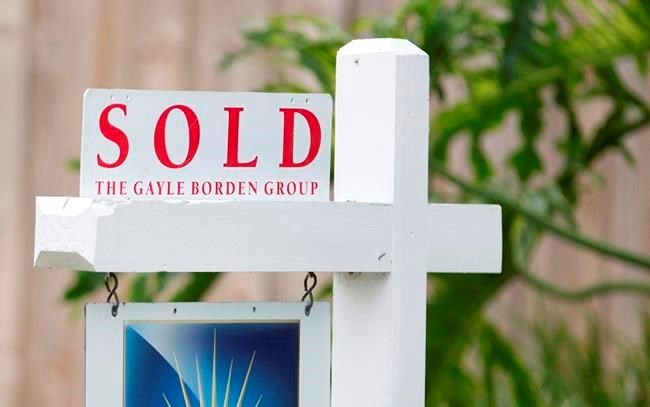Total home sales in the Moose Jaw region in 2021 were 24-per-cent higher over 2020, which contributed to Saskatchewan’s total housing sales record last year, says the Saskatchewan Realtors Association (SRA).
Year-to-date data
From Jan. 1 to Dec. 31, there were 863 home sales in the region, increasing from 656 in 2020. Furthermore, there were 1,343 new listings throughout the area last year, increasing from 1,276 new listings in 2020.
Meanwhile, the inventory of homes in the region for the year stood at 385 units, which was a decline from 447 units in 2020, the SRA data showed. Also, there were 5.35 months of supply in the area, which was a drop from 7.06 months of supply year-to-date in 2020.
Last year, most homes in the Moose Jaw region stayed on the market for about 100 days. The average price of those homes was $216,595, which was a drop from $218,761 compared to 2020.
Provincial data
Saskatchewan set a housing sales record in 2021 with 17,387 units sold, a new high that surpassed the previous record of 14,431 homes sold in 2007, the SRA said. While the pandemic triggered vast disruptions and challenges for some sectors of the economy, the housing sector boomed.
“Improved savings from those not financially impacted by COVID-19, combined with low lending rates, has supported the strong sales environment we saw throughout 2021. For Saskatchewan, this shift was welcome news as the economic landscape pre-pandemic caused challenges in the housing market,” said SRA CEO Chris Guerette.
New listings in 2021 jumped to 27,101 units, compared to 25,475 units listed in 2020. However, inventory levels declined to 6,952 units last year compared to 8,064 units during the same period in 2020.
The SRA data showed that there were 4.8 months of housing supply available in 2021, which was a decline from 6.33 months of supply in 2020.
Most homes spent 88 days on the market, with the average home price coming in at $301,515. This was an increase from $289,409 in 2020.
“While the price gains were significant, it was not enough to erase the losses recorded throughout 2015-2019, and prices remain three-per-cent below the 2014 high,” the SRA said.
There is also significant variation depending upon the property type and location. Single-family home prices were one-per-cent below previous highs, while condominium properties were 17-per-cent below the high in 2014.
“Housing is an important component to the overall economy and the availability of affordable ownership options can help attract people to a city,” said Guerette. “Creating a robust system of affordability metrics that considers supply, average salaries and housing prices is something policymakers should be incorporating into their analysis.”
Despite recent economic uncertainty caused by the Omicron variant, inflationary pressure is expected to persist while lending rates are expected to rise. This will weigh on housing in 2022, the SRA said. However, Saskatchewan is entering the New Year with low inventory levels, which indicates it will take time for the market to shift toward more balanced conditions.
With tight conditions expected to persist throughout the early part of the year, the province will see some price growth in 2022, although at a much slower pace than experienced in 2021, added the SRA.




